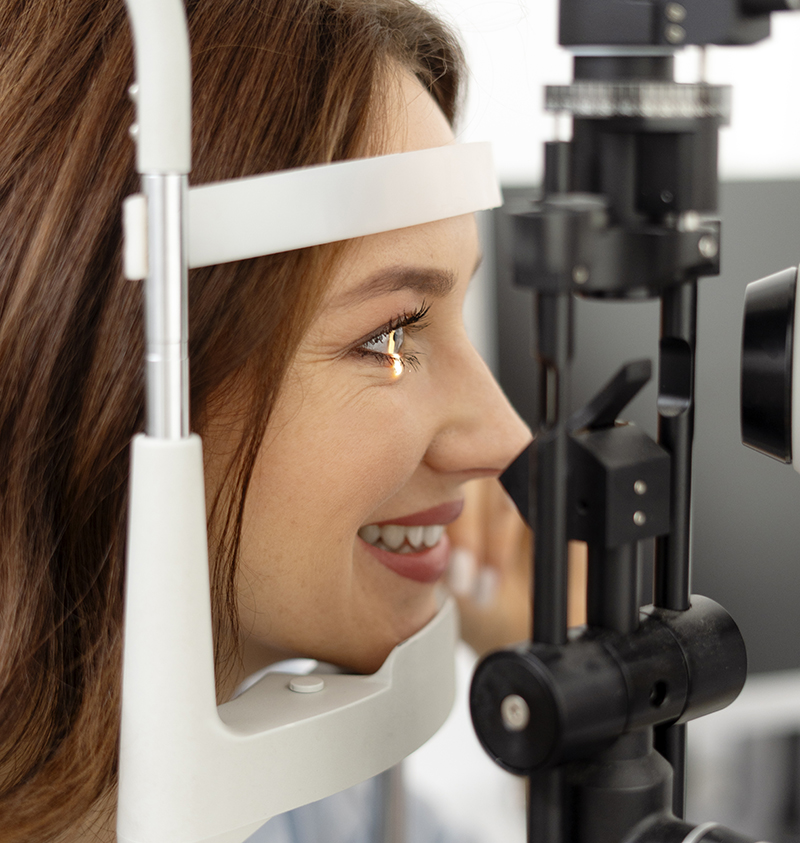
Post-op Regimens for Cataract
Combination Drops:
- Combined bromfenac (0.075%) and moxifloxacin (0.5%); BID for three weeks for each eye.
- Provided to patients directly from a shipping pharmacy (OSRX Pharmaceuticals).
- One bottle is usually enough for both eyes (18 extra drops). We have already written for a refill if needed.
- If the bottle runs out early patients can have the option of buying another one (refill of one already given). They receive it by calling the phone number on the order form they received from us. For reference the number is (406) 451-6121.
Separately Prescribed Drops:
- Used for patients who elect to have their insurance cover the medicines.
- Ketorolac (TID for three weeks)
- Moxifloxacin (TID for one or more weeks)
- Refills for second eye required (provided by Brimhall Eye)
Steroid Sparing Regimens Provide Significant Advantages Over Traditional Drops:
- Simplified care (up to 80% less placement of drops)
- 70% reduction in postoperative macular edema compared to traditional drops
- 50% reduction of rebound inflammation when drop regimen completed
- Dramatically reduces post-operative dry eye issues.
- Eliminates steroid-related IOP spike and refractive shifts.
- Cost-effective at $37 per bottle. One bottle is usually sufficient for both eyes.
- Higher patient satisfaction and easier for provider to give postop care.
Note: Uncommonly, a patient who is still using the drop regimen may have inflammation that occurs about a week or two after surgery. We recommend adding prednisolone or another similar steroid to assist with healing. Recommended starting dose of a steroid is TID. Anterior chamber fibrin or hypopyon are NOT expected and are more suggestive of endophthalmitis and the need for urgent care.
Dropless™ surgery has some significant advantages and some disadvantages*.
Instructions:
- Drops are typically not required.
- Patients will likely see new floaters for a few days to weeks. These should completely resolve by six weeks.
- Rebound inflammation occurs in 8% of patients around two to three weeks after surgery.
We use only FDA-approved Imprimis® Trimoxy™ solution for Dropless™ cataract surgery. Trimoxy™ has been tested and tried in millions of patients and has an excellent and well-established safety record. Historically, some surgery centers have used compounded medicines (not Imprimis) including some with vancomycin or other medicines which have caused rare but serious complications. We have never used those formulas. Imprimis® Trimoxy™ is FDA monitored and a long history of safety.
Risks and Benefits of Dropless™ Cataract Surgery
- We generally reserve Dropless™ for patients with impairments that may keep them from reliably putting in eye drops.
- Dropless™ dramatically reduces risk of postoperative endophthalmitis compared to use of traditional drops.
- Dropless™ leads to a significantly more comfortable postoperative course. Clinically, we have observed patients experience dramatically less dry eye and irritation compared to traditional drops.
- Dropless™ usually saves patients money.
- Dropless™ simplifies post-operative care. No remembering or placing drops.
- Dropless™ has a small increased risk of retinal detachment (from 1 in 1,750 eye to 1 in 1,420 eyes).
- Dropless™ has an increased risk of post-operative macular edema (from 1 in 150 eyes to about 1 in 50 eyes).
- Moxifloxacin drops, prednisolone drops, and ketorolac (0.4 or 0.5) drops.
- TID dosing for a total of three weeks.
Risks and Benefits of Traditional Drops:
- Long history of use of traditional drops by many surgeons over the years.
- Because of the frequency of nine drops per day irritation often occurs presenting as “dry eye”.
- Decreased compliance from patients is very frequent.
- There is an increased risk of CME compared to the steroid-sparing regimen above.




